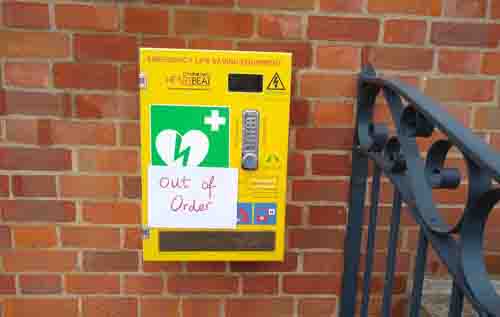I recently moved from Reepham to be with my daughter, having spent many happy years in the town.
Last month I stayed with some friends in Reepham and read with interest your website.
When living in Reepham I attended a meeting in the town when the matter of the Broomhill Lane development was discussed.
There was lots of debate about the site and the agent for the landowner proposed a development of 120 properties with a good proportion being affordable.
The landowner was also going to provide land and construct a sports hall which would be used by the high school and general public if planning permission were given.
After reading your website and chatting to my friends, it seems that, since the developer Lovells have “got their hands” on the site, the whole thing has changed with many more properties being built, less affordable units and the school has to supply the land for the sports hall to which the developer is only making a contribution!
I think the people of Reepham have been badly misled by the greedy landowner.
If this goes ahead it will be a disaster for the wonderful town, especially with the traffic problems that will be caused adjacent to the school and on Townsend Corner.
I am sure Reepham needs more housing but there are many plots in the town which have not yet been built, including several just behind where I used to live on Crown Meadow.
Margaret Lines, Poole, Dorset


